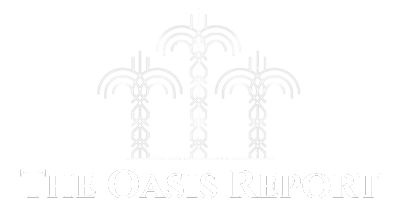Saudi banks achieved historic profits in the first quarter of 2025, recording their highest-ever quarterly earnings at $5.94 billion (SAR 22.26 billion). This marks a notable 19% increase compared to the same quarter in 2024, representing a gain of $965 million (SAR 3.62 billion).
All ten listed banks on the Saudi stock exchange reported growth in net profits during the first quarter, reflecting robust performance across the industry. The National Commercial Bank (NCB) led the way with SAR 6.02 billion in net profit, up 19.48% from the first quarter of last year. Al Rajhi Bank ranked second with SAR 5.9 billion in profit, posting the highest growth rate among its peers at 34%. Riyad Bank came in third, with SAR 2.48 billion in net income, reflecting a 19.94% increase.
Operating Income Drivers
Dr. Suleiman Al-Humaid Al-Khalidi, a financial markets analyst and member of the Saudi Economic Association, attributed this record-breaking performance to several key factors: the expansion of lending portfolios, higher net commission and operating income, and a decline in loan loss provisions.
He noted that the reduction in provisions -funds set aside to cover potential loan defaults- was a significant factor supporting profit growth. Additionally, banks benefited from returns on debt instruments and a notable expansion in mortgage financing, both of which contributed to the strong results.
Al-Khalidi expects Saudi banks to maintain this strong momentum in the coming quarters, projecting that total annual profits could reach SAR 85–90 billion by year-end. Such figures, he said, would set new historical benchmarks and reflect the strength, resilience, and diversification of the Saudi economy.
Interest Rates and Market Conditions
Mohamed Hamdy Omar, economic analyst and CEO of GWorld, echoed this positive outlook, crediting the sector’s performance to the continued robustness of Saudi banks. He cited persistently high global interest rates, contractionary monetary policies, and the Saudi riyal’s peg to the US dollar as key drivers that boosted lending margins.
He pointed out that growth in lending portfolios, especially in real estate and corporate loans, has been driven by Vision 2030 initiatives and major infrastructure projects, all of which significantly enhanced fee income and operational earnings.
Looking ahead, Omar predicted continued strong performance for the banking sector in the remainder of 2025, supported by steady interest rates and strong demand for financing. However, he cautioned that any global move toward lowering interest rates could pressure profit margins, underscoring the importance of income diversification and enhanced digital services.
He stressed the need for vigilance regarding geopolitical developments and oil prices, both of which influence liquidity and credit activity in the Saudi market. Omar concluded by highlighting the importance of investing in financial technology and digital transformation to boost competitiveness and attract new customer segments, while also encouraging banks to diversify their portfolios to hedge against future risks.



